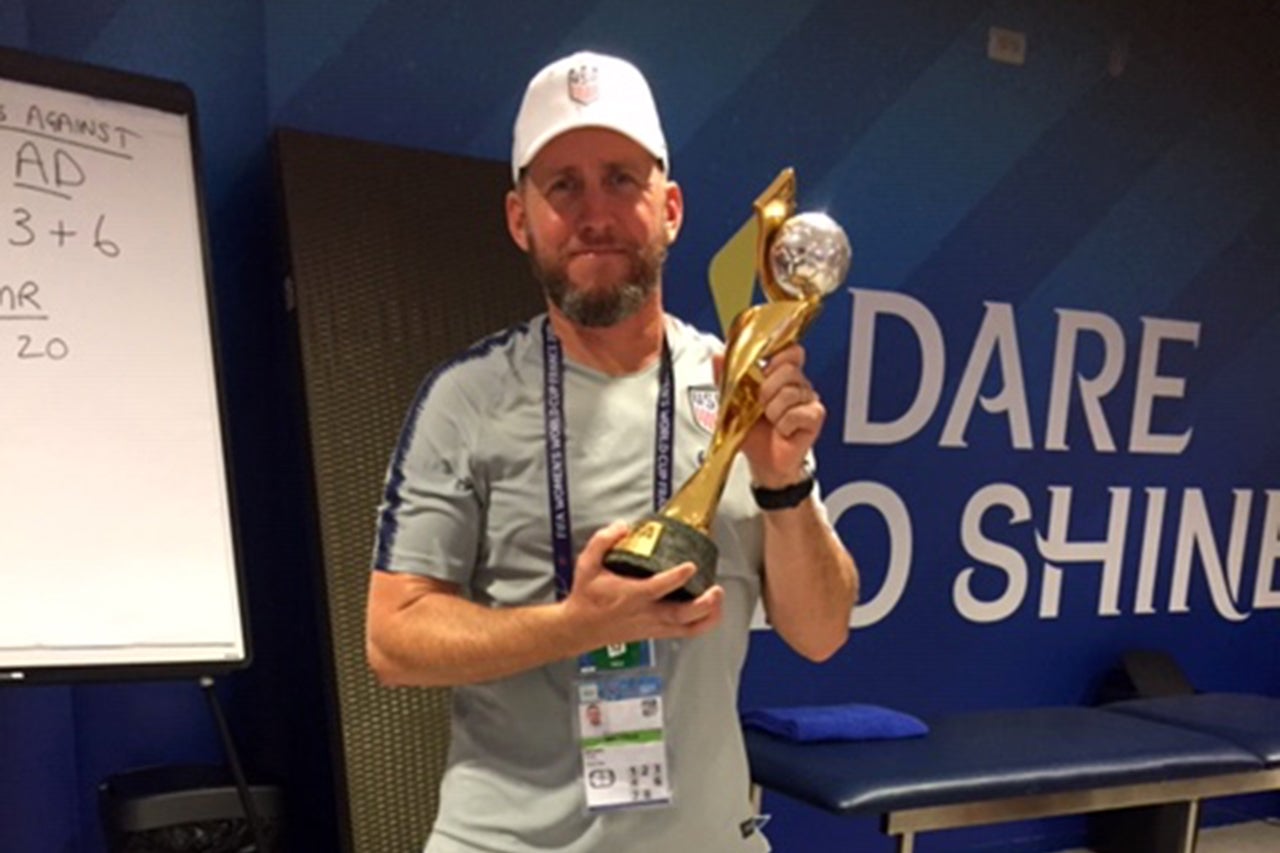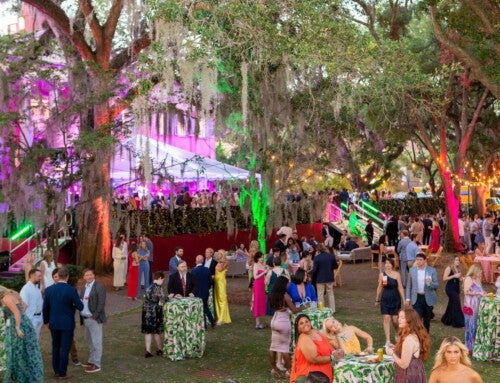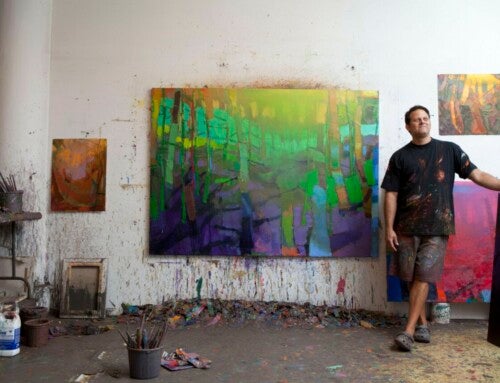As an on-and-off athletic trainer for U.S. Soccer since 2006, Greg Banks ’94 was assigned to the U.S. Women’s National Team for its historic title run at the 2019 FIFA Women’s World Cup. He left his home on May 23, 2019, and returned on July 8.
“It was a bit of a sacrifice for me to be away from my family for so long,” he says. “I missed a lot. My son was a senior at Oceanside Collegiate Academy [in Mount Pleasant, South Carolina] and was playing in the state soccer championship, which they won. We made a pact with each other that if he won state, I would win the World Cup, although my deal was a little out of my control. And he said, ‘I’ll do my part, you do yours,’ so we fulfilled it, which was nice.”
The College Today caught up with Banks after his whirlwind European excursion to find out more about what it takes to train and support athletes to win the World Cup.
When you think back on all seven games and the final victory, what memory comes to mind?
I’ve been a part of some really huge moments for U.S. Soccer over the last 13 years, like Abby Wambach’s goal against Brazil in the quarterfinals in 2011, which basically was one of those things that turned the U.S. on to these women again and how amazing they are. I can’t believe I was at a game in France against France, where more than half of the stadium is against you. The environment is just so special. The fans just have chant after chant. Europeans appreciate good soccer even if it’s not their team. I also remember some of the training rooms we had in Paris with views of the Eiffel Tower and Arc de Triomphe. That was definitely something we never had back home. My last stint with the team was in 2011 when they lost in the final to Germany, so winning in the finals this time was definitely a much better feeling coming home. This team is just special. You literally could take any player from this team, and they would be one of the top players on any team in the world, so our part was pretty simple.
What are you job responsibilities?
Very similar to the duties of any athletic trainer, just managing the injuries and the rehabilitation of the players to keep them healthy in order to be able to play. It’s a grueling task to go through seven games in that short amount of time, so the players pick up a lot of muscle strains and bruises. It’s a physical game, so we’re always dealing with something. It’s very rare that someone’s playing at 100 percent. The training rooms are typically full every day. In the finals, Becky Sauerbrunn had a laceration across her eyebrow, so we had to get her cleaned up and put a headband on her to be able to keep her in the game. Megan Rapinoe had a simple hamstring strain before the final. The other part is we have 7,000 pounds of gear that we had to move between 10 hotels. I’m part of that team, too, because it’s all hands on deck. There’s a lot more stuff than eight years ago. We carry almost double the amount of equipment just to meet our sponsors’ needs. Then there’s all the training room equipment and massage tables. The gear for the team fills the back a of 32-foot U-Haul.
Is the U.S. team idolized or reviled over there?
It’s a mixed bag. Europeans appreciate good football, and there’s a large contingent that love Alex Morgan, Megan Rapinoe, Carli Lloyd and Tobin Heath. They have fan bases all over the world because they’re great soccer players, so Europeans appreciate them just as they do here in the U.S.
Whose celebration was better: Rapinoe’s spread-arm sideline pose against France in the quarterfinal or Alex Morgan’s teatime celebration in the semifinal against England?
They’re were both unique. Alex’s probably got the bigger response in the stadium. It was impressive.
Were people booing her?
Something like that. For some reason, the men get away with that kind of thing, but if the women do it, people criticize them. Athletes get a bad rap for not being more personable, but not these women. That’s the beautiful thing about them: They’re great athletes and tremendous football players, but they’re so personable and easy to relate to. I think that’s why people have gotten on board and love watching them play. They play a very beautiful style of soccer that’s so fun to watch. These ladies have worked their whole lives to get to this point. They should be able to celebrate. And celebrate they did.
What did you major in at CofC?
Physical education with athletic training emphasis. I worked under [soccer] Coach Ralph Lundy’s team with the men’s side for a couple seasons and the women’s side for a season.
Did you enjoy your time at the College?
It was an amazing experience. My wife, [Tara Roberts Banks ’96] and I were just in downtown Charleston yesterday driving past the campus. There are a lot of new buildings around the periphery, but when you drive past the Cistern, you’re reminded of what a beautiful place to go to school it is. It was an incredible experience. I’m very grateful for what I’ve learned and who I got to learn from. After graduating, I worked for Coach Lundy’s soccer camp, as well as a couple of different PT practices. Now I have my own business, Competitive Edge Training in Mount Pleasant.
How did you get connect with the USWNT?
I did an ACL study on women athletes the year after I graduated with [exercise science] professor Bill Barfield, who was the soccer coach at The Citadel for many years before getting a Ph.D. in biomechanics and coming to CofC. He also had worked with some of U.S. Soccer’s youth programs and recommended me. I worked with them for about six months before being asked to join the women’s team in 2006.




